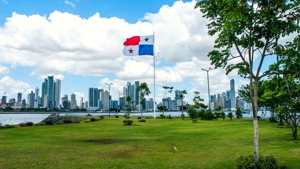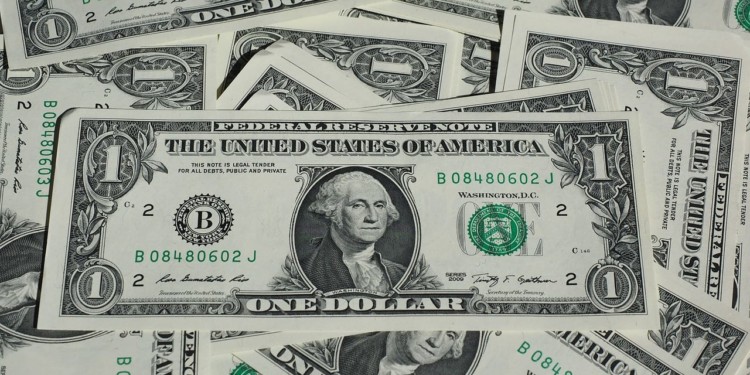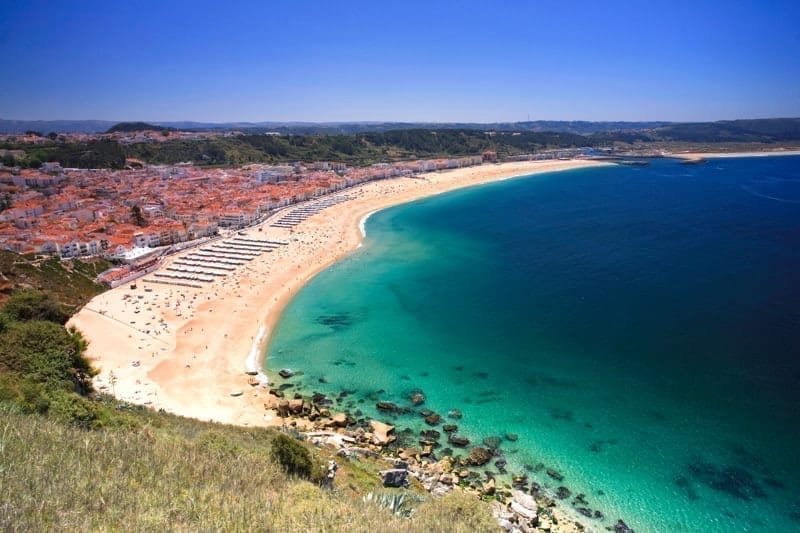“Kathleen, unless I misunderstood your recent post,you wrote that any drop in the value of the U.S. dollar versus other currencies around the world would have no effect on the Panamanian dollar because the latter is ‘not tied’ to the former. You go on to explain, ‘Panama uses the U.S. dollar as its currency. There is zero exchange risk.’
“What are you thinking? Of course, the fact that Panama uses the U.S. dollar means there is ‘zero exchange risk.’
“But exchange risk is hardly the worry. By far, the bigger worry is that the very fact that the Panamanian dollar IS the U.S. dollar means that, as the U.S. dollar falls–or, more to the point, as inflation wipes out the value of the U.S. dollar, as several respected U.S. economists believe must happen, to reduce the overwhelming debt of bailing out the recent financial collapse–the value of the U.S. dollar and that of the ‘Panama dollar’ will fall in concert. You and Lief do understand this fact, right?
“I love you both. Can’t tell you how much you’ve expanded my horizons. But on this one point, surely, you didn’t mean only what you wrote. It may be right on the face of it, but in the context of what we readers rely on you to provide for us, that simple statement is wrong. A U.S. dollar is a U.S. dollar, and, as it falls in the future, especially as inflation eats its way into it, reducing its value, it will fall everywhere the U.S. dollar reigns supreme.
“No?
“True, there may be no ‘exchange rate loss,’ but is this really the question? As investors internationally, are you not already anticipating the decline in your homeland’s currency?”
— D. H Bartels, United States
Yes, yes, US$1 is US$1, for better or for worse, whether you’re spending it in Poughkeepsie or Panama City. If or as its value falls, it will fall here in Panama as well as North of the Rio Grande. Meaning that prices for goods not made in U.S. dollar countries will rise in U.S. dollar terms.
My point, though, is perhaps most relevant for retirees earning their retirement incomes in U.S. dollars. These folks, I maintain, are perhaps better off in dollar-using countries, where they don’t have to worry about long-term exchange fluctuations (as they do right now in Costa Rica, for example…see David Stubb’s remarks above)…or the long-term downward spiral in the value of the Greenback. In this case, living in a place like Panama, where your U.S. dollars spend locally, the value of those dollars has no effect on your spending power compared with what it would be Stateside.
None of us can know what currency exchange rates or the value of the U.S. dollar will be 12, 24, or 60 months from now. You must make your best decision as to where to spend your time and your money based on several factors, including the currency source of your current and future income, the currency denomination of your current assets, your timeline until retirement, and your openness to the idea of moving…and then moving again in the case of relocating to a non-U.S. dollar country where the exchange rate moves dramatically against you.
***
“Kathleen, my wife and I bought your just recently released book, ‘How To Retire Overseas,’ and my wife can’t put it down.
“I read briefly through it at the store. I have always been convinced to move outside the USA, but, until she read your book, my wife was not sure we could afford to do it.
“The tough decision is where to start. I wanted to start with Costa Rica, because I believed their health care is so good, but it sounds as if Costa Rica near the water is too expensive now.
“We must be on or very close to beaches with year-round warm weather. Panama, with both coasts, sounds nice and possibly affordable.
“We are not in a position to do it immediately, but we want to plan for a particular area now before it gets too costly. One where we won’t have to worry about our living expenses doubling or tripling.
“We will research your ideas in your book further and let you know what we decide. I thought you should know in the meantime that we like your book and will use it for our starting guide.”
— Chuck & Jayna F., United States
Currency Risks For The Overseas Retiree–Or, One More Reason Panama Trumps Costa Rica
March 31, 2010, San Jose, Costa Rica: Retirees earning their retirement incomes in U.S. dollars are better off in dollar-using countries such as Panama, where they don’t have to worry about long-term exchange fluctuations or the potential long-term downward spiral in the value of the Greenback.
“Here’s one more reason Panama trumps Costa Rica right now,” writes Costa Rica Correspondent David Stubbs.
“The local currency, the Costa Rican colon, is appreciating against the U.S. dollar. So anyone living here on a fixed U.S. dollar income, such as anyone on Social Security, is seeing his purchasing power fall. How much? Around 10% since last September. Ouch. No such worries for expats in Panama, as Panama uses the U.S. dollar.
“Expats living in Costa Rica have grown used to the fluctuating exchange rate between the U.S. dollar and the Costa Rican colon. The rate has been steadily declining in a more or less orderly fashion (with the occasional blip) as long as anyone can remember. Some older expats can remember when the exchange rate was less than 10 colons to US$1, back in 1980.
“When I arrived in Costa Rica in December 2004, the rate was around 460 colons to US$1. In October 2006, Costa Rica’s Central Bank began a new ‘crawling band’ system that effectively allowed the currency to adjust a small amount on a daily basis. By the middle of 2009, the exchange rate had adjusted to around 590 colons to US$1.
“Now, since last September, the rate has gone the other way, today hitting around 525 colons.
“Why? Supposedly there is a lower demand for U.S. dollars, with the weaker economy causing people to put off purchases of new cars or major appliances priced in dollars.
“Some prices do improve as a result of the falling exchange rate. For example, gas prices should come down, but that certainly is not the case across the board. For example, electricity prices just went up again, by 10%. The electricity monopoly ICE asked for a 30% increase, which, luckily, was declined.
“Of course, I have no way to predict where this is going, but I am reading an increasing number of opinions suggesting that the rate could move lower, maybe much lower over the next 12 months. I think that many expats will then really be feeling the squeeze.
“Meanwhile, tourist-related businesses, a large component of the Costa Rican economy, which typically price their products in U.S. dollars but have operating costs and expenses in the local currency, are taking another hit. Still trying to recover from the disappointing drop in tourists last year (a result of the global economic crisis), they were looking forward to regaining some profitability, as tourist numbers have picked up this year. Now, as we approach the busiest holiday of the year, Semana Santa, they are seeing their profits evaporate as a result of the currency changes.”






















